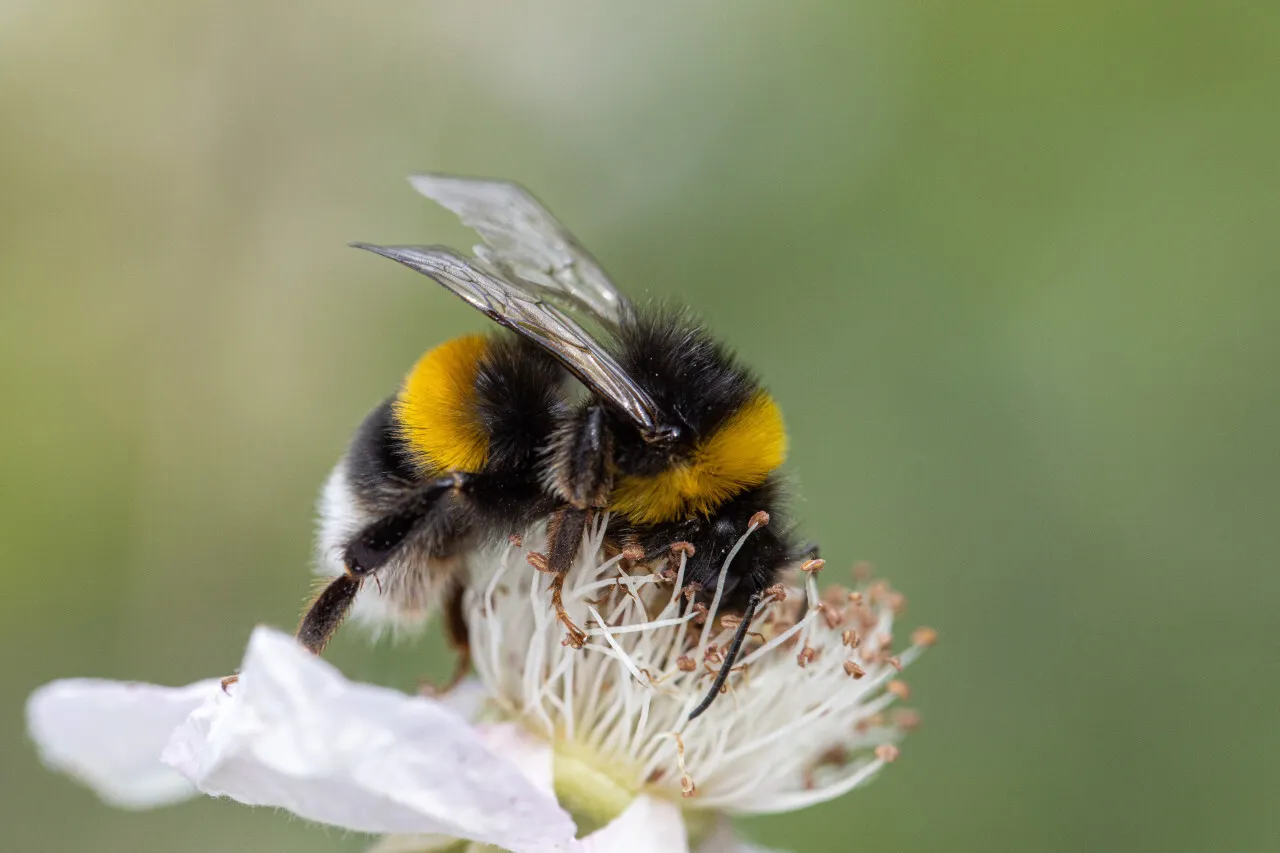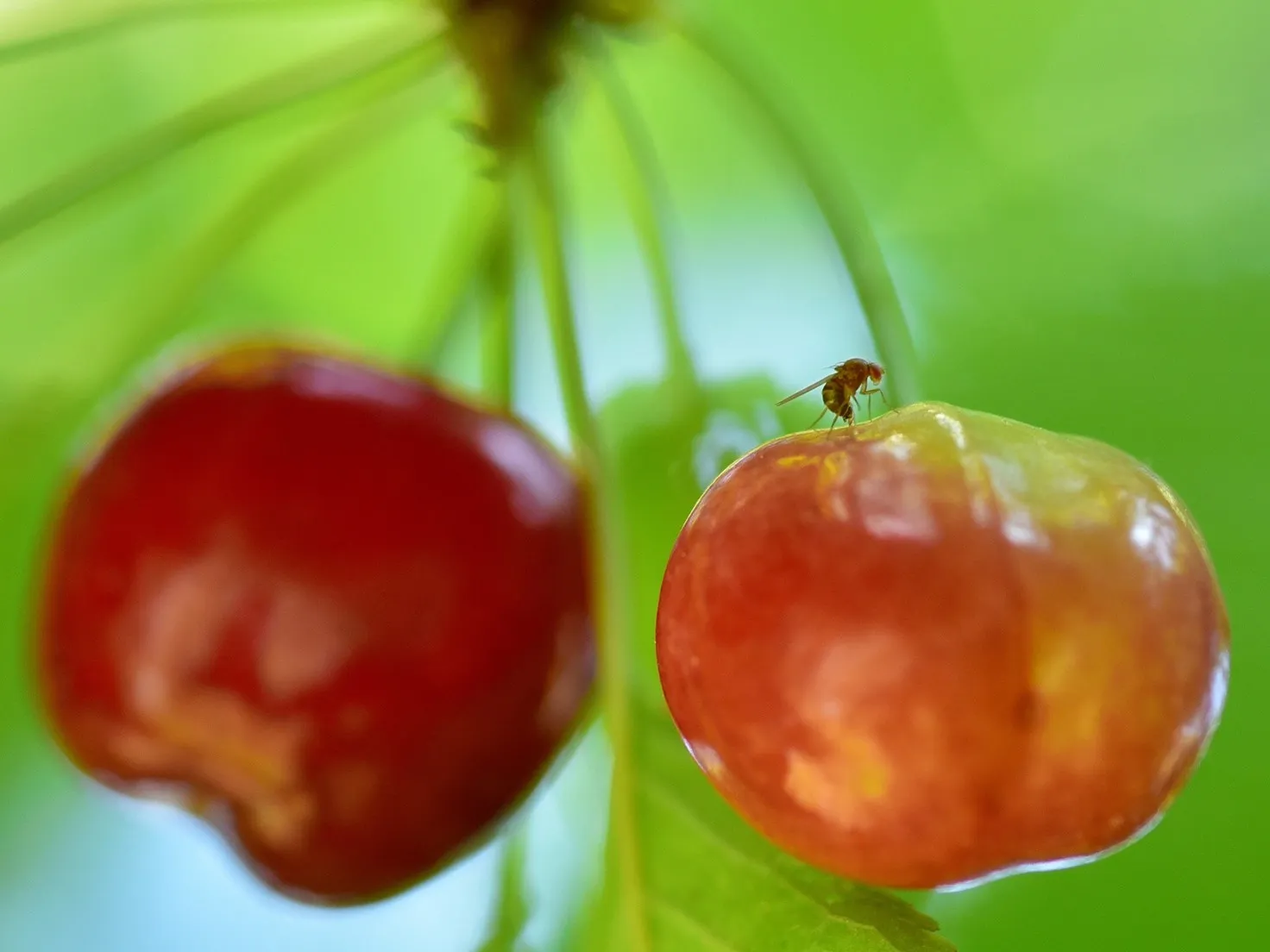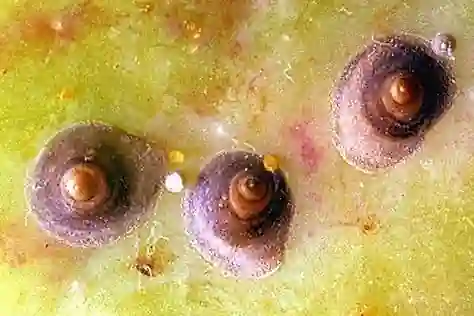If one thinks of a pollinating insect, the first that comes to mind is the honeybee. Yet even bumblebees, also from the Apidae family, play a fundamental role in the pollination service. In particular, they are more efficient during rainy or particularly cold periods. Bumblebees are used worldwide for greenhouse pollination and can also be utilized for fruit crops such as pear, apricot, kiwi, and even cherry.
Precisely for this function, they were the focus of the 2025 edition of the ‘Stone Fruit Day,’ organized by Washington State University on January 22 of this year.
Speaking about the threats faced by bumblebees in the State of Washington and strategies to make their lives easier was Mario Luppino, PhD student in entomology at WSU. “I specifically study wild bees. Bees are responsible for the pollination of about 70% of the fruits and vegetables we eat. The bad news is that about 67%, meaning two-thirds, of the crops requiring pollination services are at risk due to the ongoing decline of pollinators, including bumblebees.”
Mario Luppino is conducting research that has shown how difficult it is for bumblebees to find flowers to feed on in orchards, particularly after the orchard’s flowering period.
In the United States, there are 49 species of bumblebees, while in the State of Washington, there are 30.
Bumblebees and their life cycle
The bumblebee life cycle begins in late winter when the queen hibernates alone underground. In spring she emerges and starts a new colony. She usually nests underground or in pre-existing cavities. The queen creates wax cells and defends the emerging colony. Unfortunately, pathogens and parasites that have overwintered with her colonize her new colony. Bumblebees live in communities like honeybees; there is a single queen, dozens of sterile worker females, and some males. The colony peaks in late summer along with the parasites and pathogens in the nest.
At this point, the old queen lays eggs, which will become the new queens and males. The flowers from which bumblebees derive nourishment are also one of the causes of the spread of parasites and pathogens that weaken and attack colonies. The same flower can be visited by numerous bumblebees in a single day. Parasites and pathogens spread among different colonies.
 Image 1. Source: Daniel Kansky.
Image 1. Source: Daniel Kansky.
The most significant threats to bumblebees
What are the major threats to bumblebees? Mario Luppino focused primarily on mites, parasites, and pathogens, which can be either external (ectoparasites), such as mites, or internal (endoparasites). The mites that are concerning in the State of Washington due to their harm to bumblebee communities are Kuzinia (Acaridae), Parassitellus (Parasitidae), and Penumolaelaps (Laelapidae).
“These actively steal resources from colonies. They can damage nesting materials by eating wax or larval cocoons during development. They can also directly harm bumblebees or spread diseases,” Luppino said.
He explained: “Mites can be seen with the naked eye; they may look like pollen, but if you know what to look for, you can spot them. Not all are harmful; some have a mutual and reciprocal benefit, working with bees and bumblebees by consuming parasites, cleaning the nest, or simply coexisting without positive or negative impacts on the colony, though little is known about them.”
Among ectoparasites are also larval parasitoids: “They lay eggs on bumblebees while they are collecting food. The eggs hatch, and the larvae take control of the host’s mind before eating it alive from the inside until they are ready to emerge.”
Internal pathogens and parasites include fungi, such as Vairimorpha bombi, linked to bumblebee decline in North America since the 1990s; protozoa, such as Crithidia bombi; bacteria and viruses. “These can reduce their ability to digest food, affect their learning and memory, and overall impair their health and lifespan.”
How to help bumblebees thrive and multiply
Mario Luppino then analyzed what can be done to encourage the presence of bumblebees and protect their pollination potential. “Fortunately, they don’t need much: they need food, a place to live, and a safe place to overwinter,” Luppino continued. “Currently, in the Columbia River Basin, agro-environmental programs are underway to improve the habitat for bumblebee conservation and proliferation.”
Planting wildflowers helps. Often, orchards have bare ground between rows: “Orchards can be compared to a real desert for bumblebees and pollinators in general: in spring there is a flower explosion and then nothing. For pollinators, life there is very difficult, wildflowers help them.
Sunflowers and flowering leguminous plants are among the favorite flowers of wild bees and bumblebees.
Barbara Righini
Cherry Times - All rights reserved













